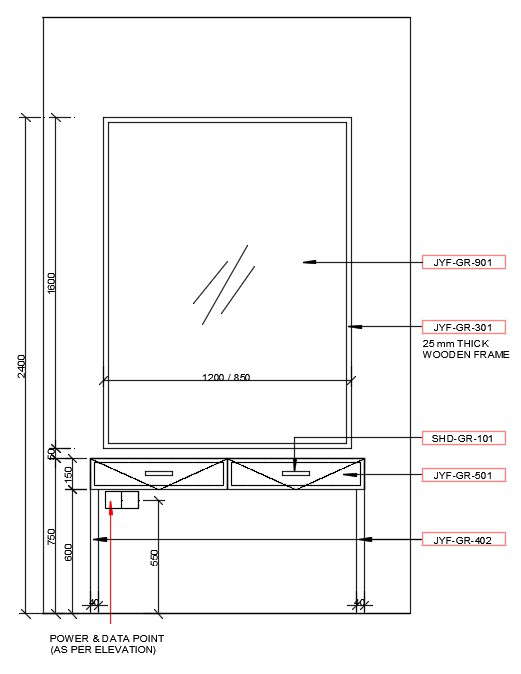

The object will now look like the below image: Extend Command We can choose objects according to our requirements. Here, we have selected three parts at once. Select the line or curve, as shown below: Type Tr or trim on the command line or command prompt and press Enter.ģ. Select the Trim icon from the ribbon panel, as shown below: The steps to trim the portion of the above object are:ġ.

First time I attempted it, I created a sketch in the transverse plan to the original wire where the two wires would cross. When It came time to create the transverse wire, things got ugly for me. I wound up having to delete portions of the source profile then re dimension everything. Then when I went to mirror the profile vertically in the sketch there was not option to delete the source information like there is in AutoCad. This seemed like potentially a lot of information to be potentially repeating depending on the nature of the sketch being copied. This brought over a all the previous constraints and dimensions. The best I could come up with was "copy paste" of the item from the command history on the left, selecting a new work plane, and then pasting the sketch on the new plane. Busted out Google and did some searching. I realized I could array it but I wanted copy in case I wanted to do this in the future and the copy position was not lined up in an arrayable pattern.
#CAD MIRROR PORTION OF SKETCH HOW TO#
Then the head banging on the desk started as I tried to figure out how to copy the solid. I then proceeded to sweep the circle along the centerline profile. On this plane I projected the start point of the wire and drew a 1 mm dia. I then followed this by creating a perpendicular work plane placed at the start of the wire. I started out by drawing up sketch1 being the profile of the wire's centerline. Its actually just one wire pattern that winds up getting mirrored and rotated. For the following drawing I came up with a weaving pattern for the 1 mm dia. Not because it this was a hard drawing to sketch, but because I did not know some very simple commands/processes like I do for AutoCAD.


 0 kommentar(er)
0 kommentar(er)
